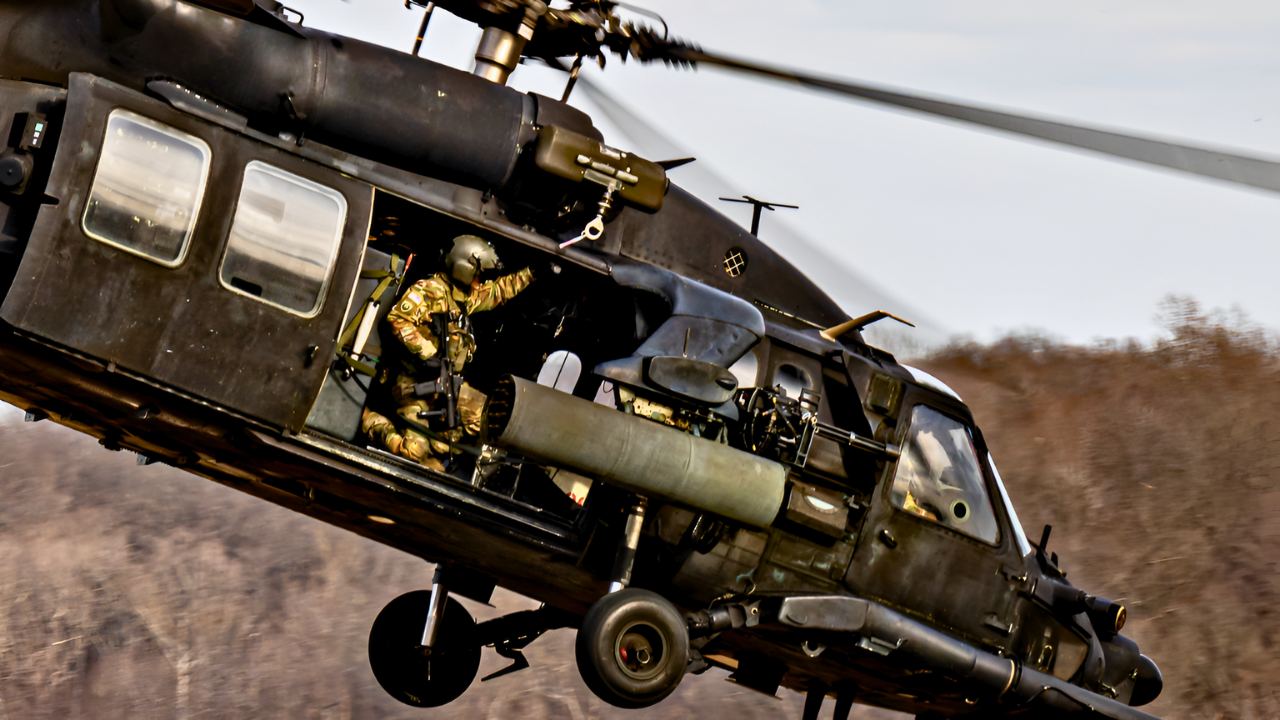
Over 10,000 U.S. troops are now in the Caribbean, according to Pentagon officials who spoke with The Hill. This deployment includes eight warships, including the guided-missile destroyers USS Gravely, USS Jason Dunham, USS Sampson, and a nuclear-powered submarine.
The Iwo Jima Amphibious Ready Group, which has 4,500 Marines, is also deployed. Additionally, B-52 bombers have flown close to Venezuelan territory, within 53 miles.
Night Stalkers Arrive
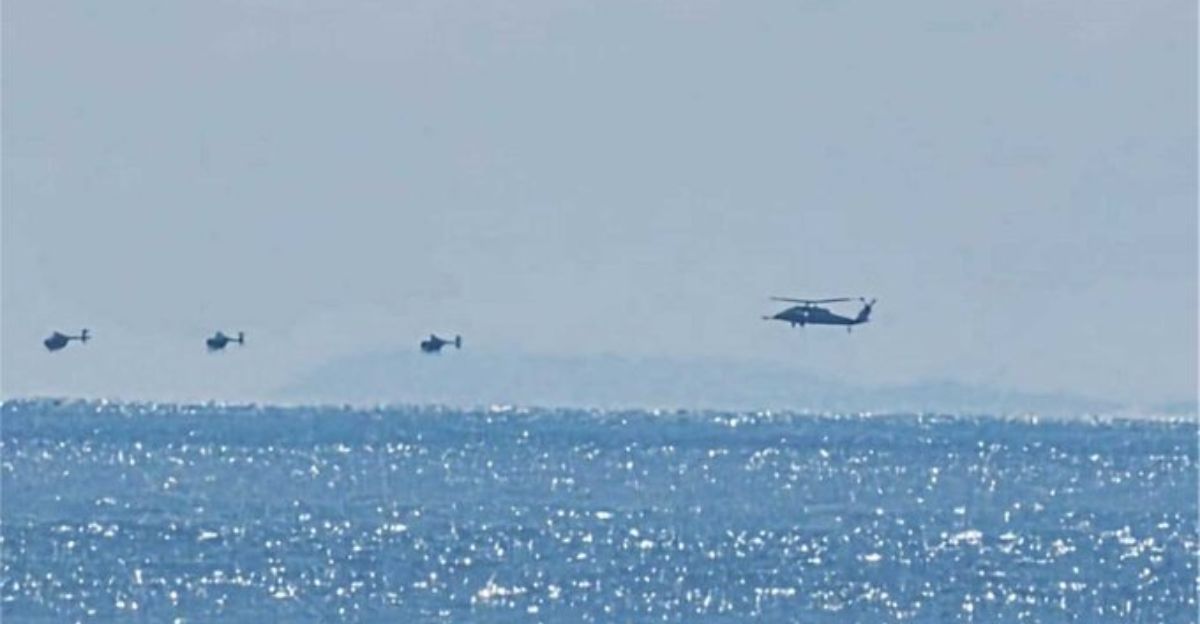
The 160th Special Operations Aviation Regiment, known as the “Night Stalkers,” is now just 90 miles from Venezuela’s coast. Satellite images confirmed by The New York Times show six MH-6 Little Birds and three MH-60 Black Hawks flying near oil platforms off Trinidad.
This unit previously flew SEAL Team Six during the 2011 mission to capture Osama bin Laden. They are currently conducting drills that seem to prepare for possible ground actions.
Deadly Escalation
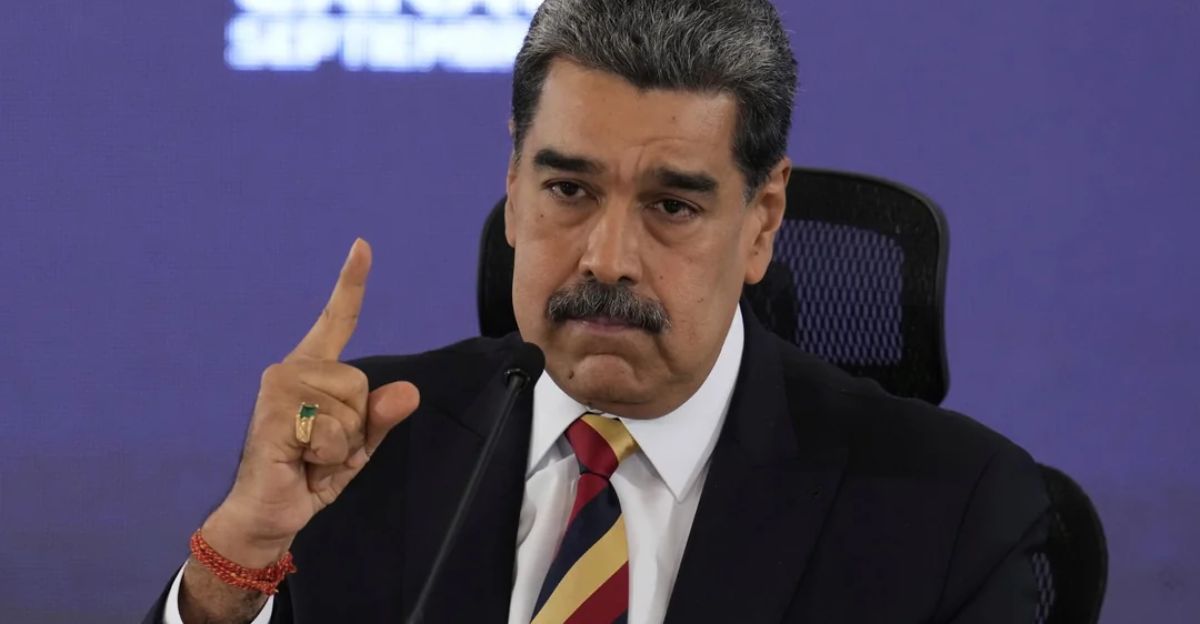
Since September, U.S. forces have conducted at least six strikes on boats suspected of smuggling drugs. In August, the Biden administration raised the bounty on President Nicolás Maduro from $25 million to $50 million.
Attorney General Pam Bondi called him “one of the largest narco-traffickers in the world” and promised that there would be accountability for his “heinous crimes.”
Covert Authorization
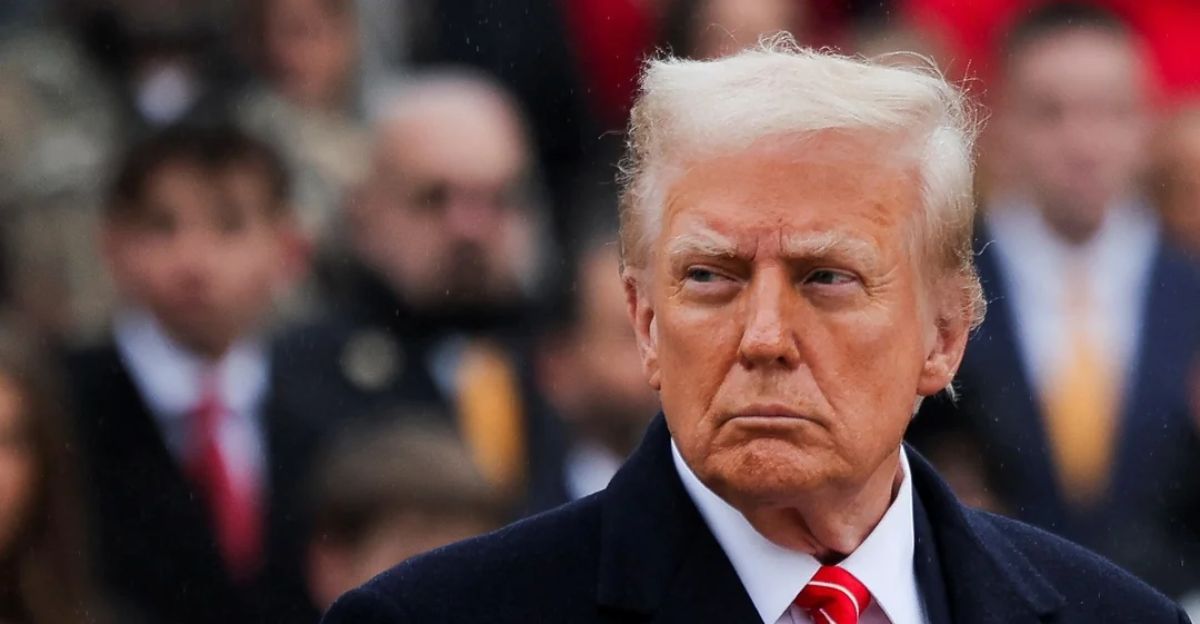
On October 15, President Trump publicly confirmed that he had authorized CIA covert operations inside Venezuela. “I authorized for two things really,” Trump said, according to the BBC.
“Number one, they have emptied their prisons into the United States of America…and the other thing, we have a lot of drugs coming in from Venezuela.”
Venezuela Mobilizes
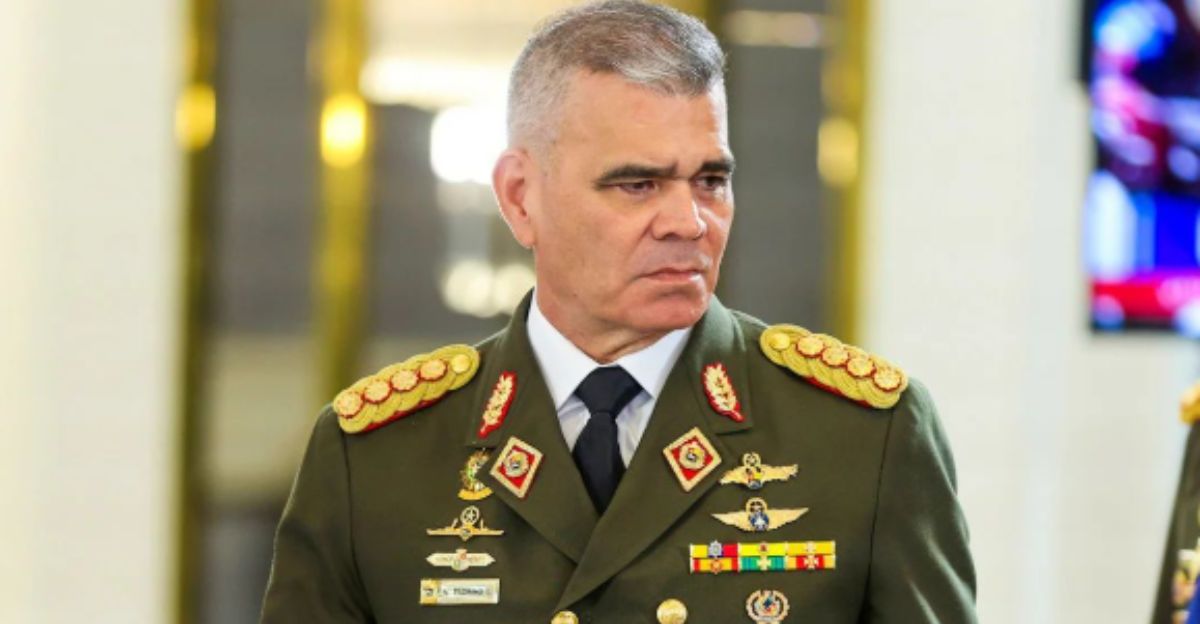
On August 18, President Maduro announced that 4.5 million militia members would be mobilized in Venezuela. He stated, “no empire will invade the sacred soil of Venezuela,” according to Xinhua.
Defense Minister Padrino López then ordered the deployment of Russian-made air defense systems and the start of joint exercises involving the military and militias.
Prisoners Aboard
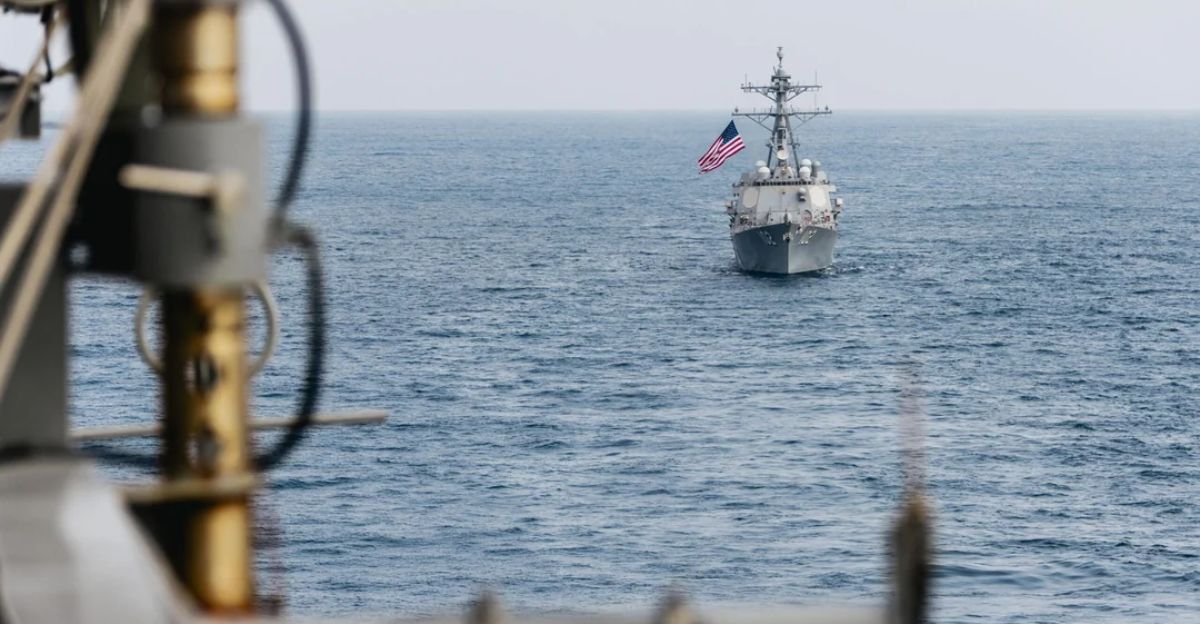
Two survivors of U.S. military strikes are being held on an American warship.
This situation raises legal questions: Should they be treated as civilians and taken to court, or should they be considered “wartime captives”? This depends on the government’s controversial decision to classify drug cartels as foreign terrorist organizations.
Ghost Ship
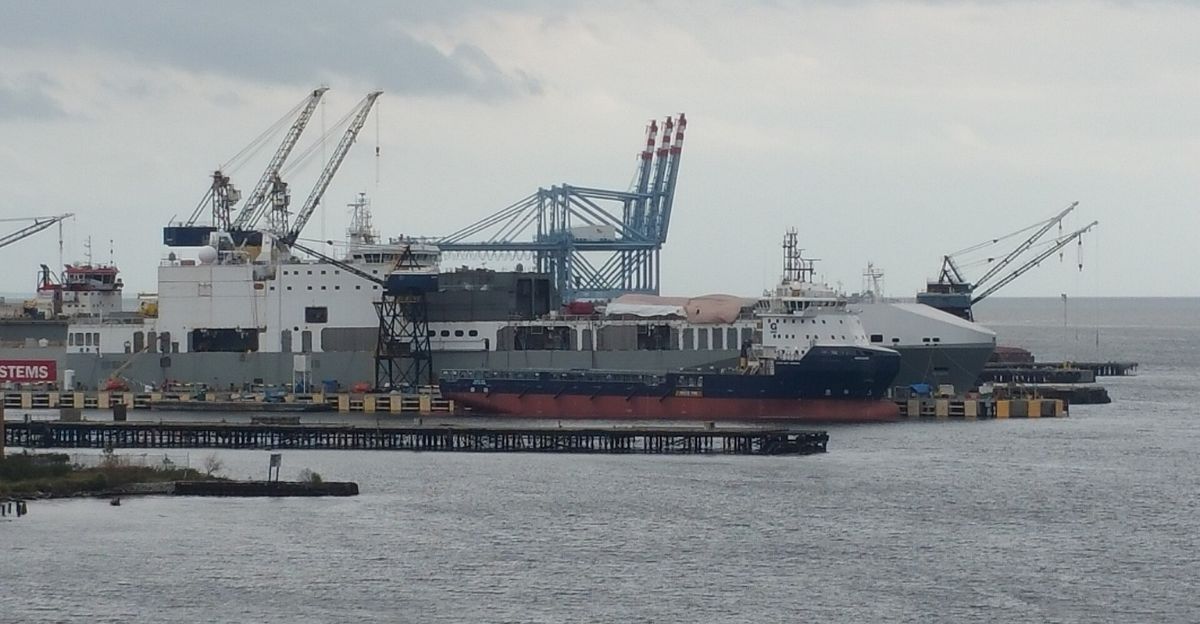
The MV Ocean Trader operates 40 miles east of Trinidad and looks like a regular commercial ship.
It serves as a mobile command center for Navy SEAL teams and other special units while keeping the U.S. military’s involvement discreet. Navy cruisers support the ship in its operations.
Stealth Fighters Deployed
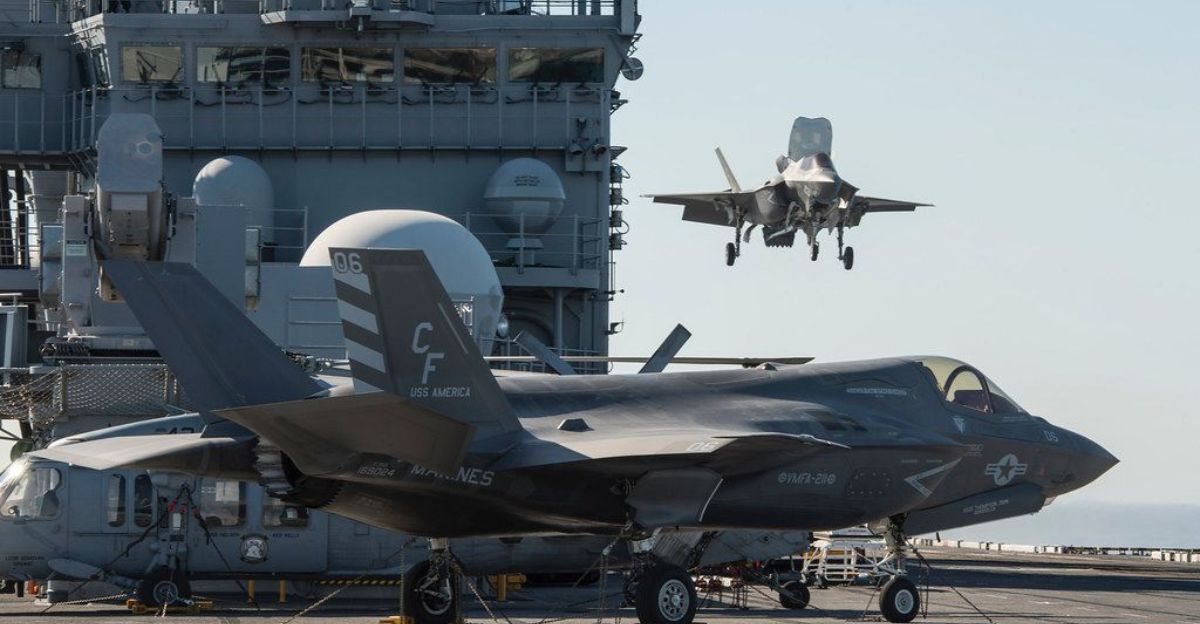
Ten F-35B stealth fighters from Marine Corps Air Station Yuma have been sent to the former Roosevelt Roads Naval Station in Puerto Rico.
The War Zone reported that the jets had their unit markings removed after arriving on September 13. Officials have not commented on why they took off the identifying insignias.
Insufficient Force
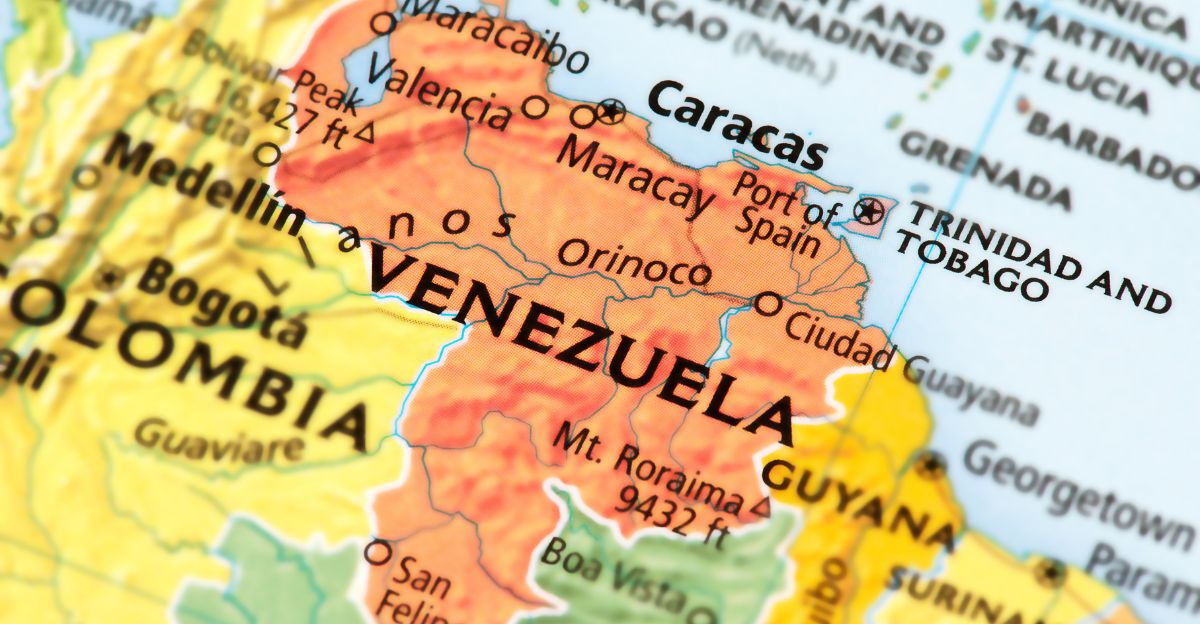
Despite the sizable deployment, experts say it’s still not enough for a full-scale invasion of Venezuela, a country twice the size of California.
“The military presence in the Caribbean is too big for just hitting a few speedboats, though it is not big enough for an invasion,” CNN reported, citing military analysts.
Diplomatic Collapse
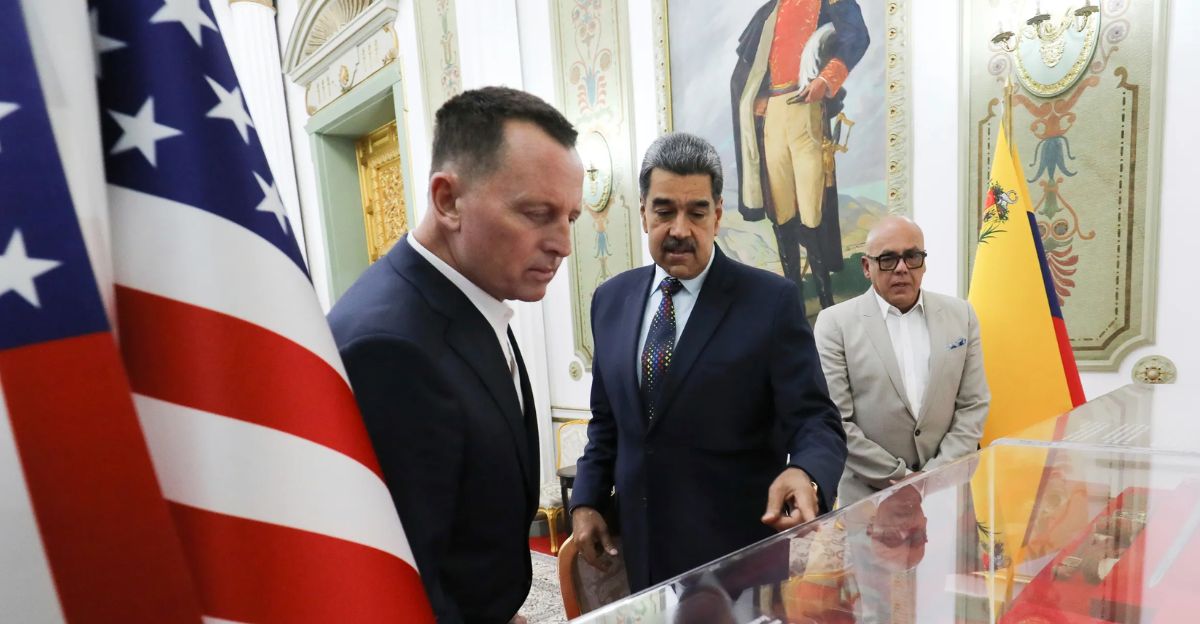
Before relations broke, Maduro offered President Trump special access to Venezuela’s oil. According to The New York Times, he planned to prioritize U.S. contracts and even suggested sending oil exports away from China.
Trump turned down the offer. Later, he told confidants that Maduro “doesn’t want to [expletive] around with the United States,” the Times reported.
Chevron’s Role
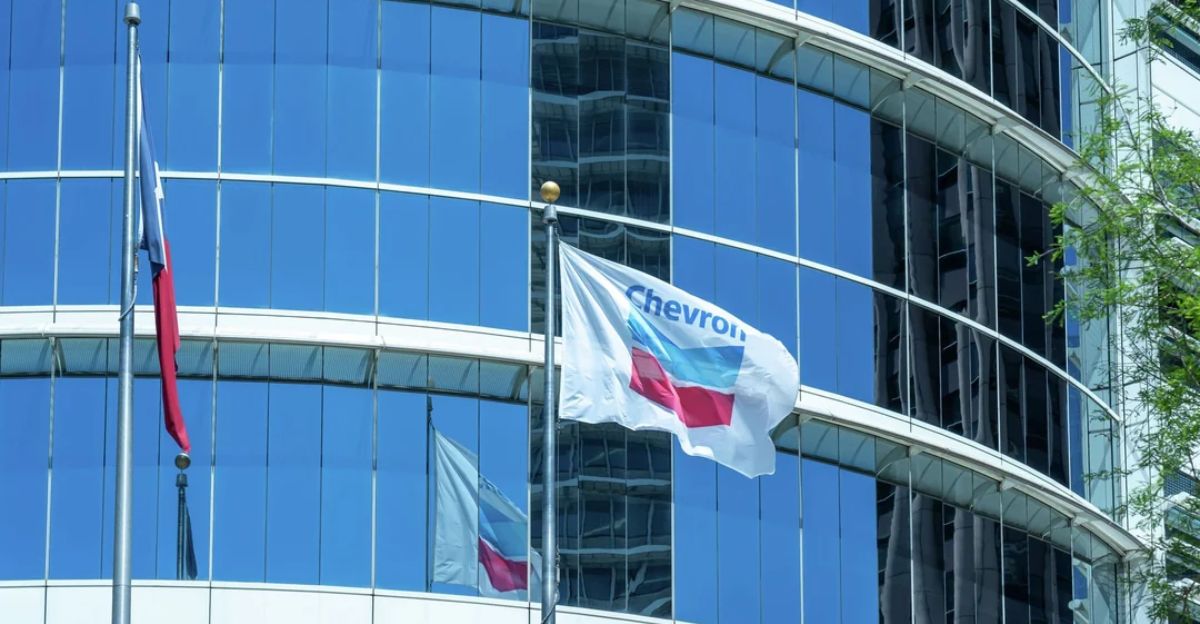
The New York Times reported that Chevron, which contributes roughly 25% of Venezuela’s oil production, has helped push the country’s exports to a five-year high.
Maduro praised the partnership in September, saying, “I want Chevron here for another 100 years”—a sentiment that complicates Washington’s growing military pressure with ongoing American corporate interests.
Congressional Pushback
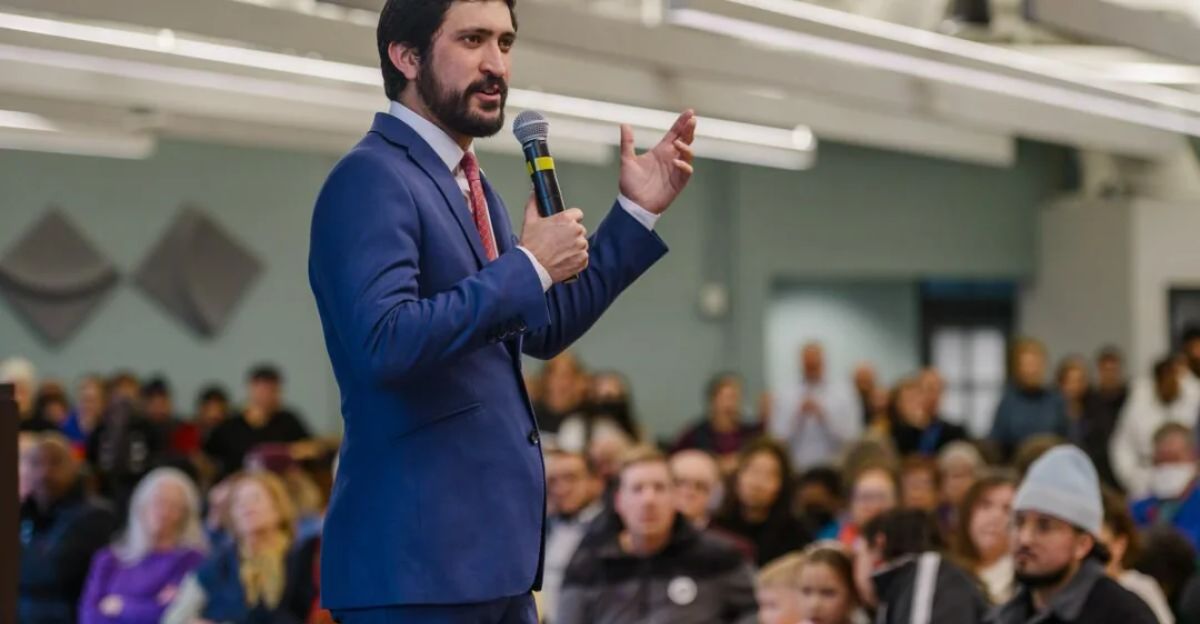
Several U.S. lawmakers are pushing back. Senators have introduced War Powers Resolutions to block any military action without congressional approval.
Representative Greg Casar warned that Trump “must not be permitted to embroil the United States in another protracted conflict.” Critics have pointed to past CIA-led interventions in Latin America—from Guatemala to Panama—as cautionary tales.
Superpower Stakes
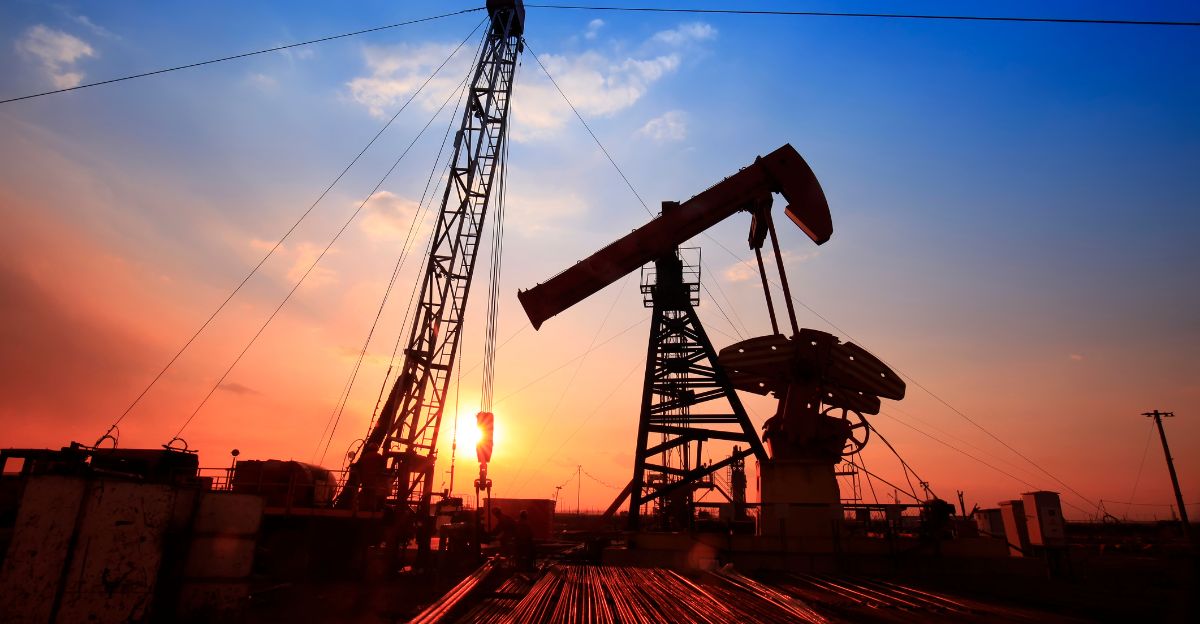
China, Russia, and Iran all stand to lose billions in oil investments if Maduro’s government falls.
Venezuelan Foreign Minister Gil told the UN General Assembly that the U.S. buildup represents an “illegal threat.” Analysts warn that the situation could evolve into a proxy conflict involving global powers.
The Calculation
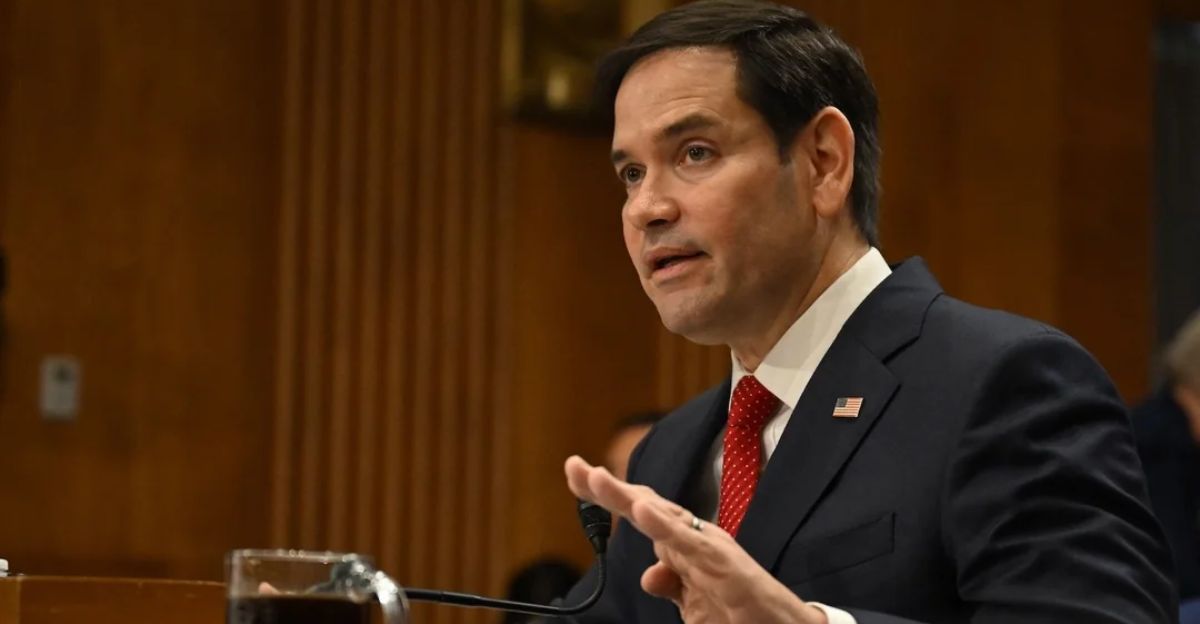
Some experts warn that toppling Maduro’s government could unleash the very drug networks it currently keeps in check. Others argue that military pressure may be the only viable option after years of failed diplomacy.
Secretary of State Marco Rubio maintains that the cartels “represent an immediate threat” to U.S. national security.
Pivotal Moment
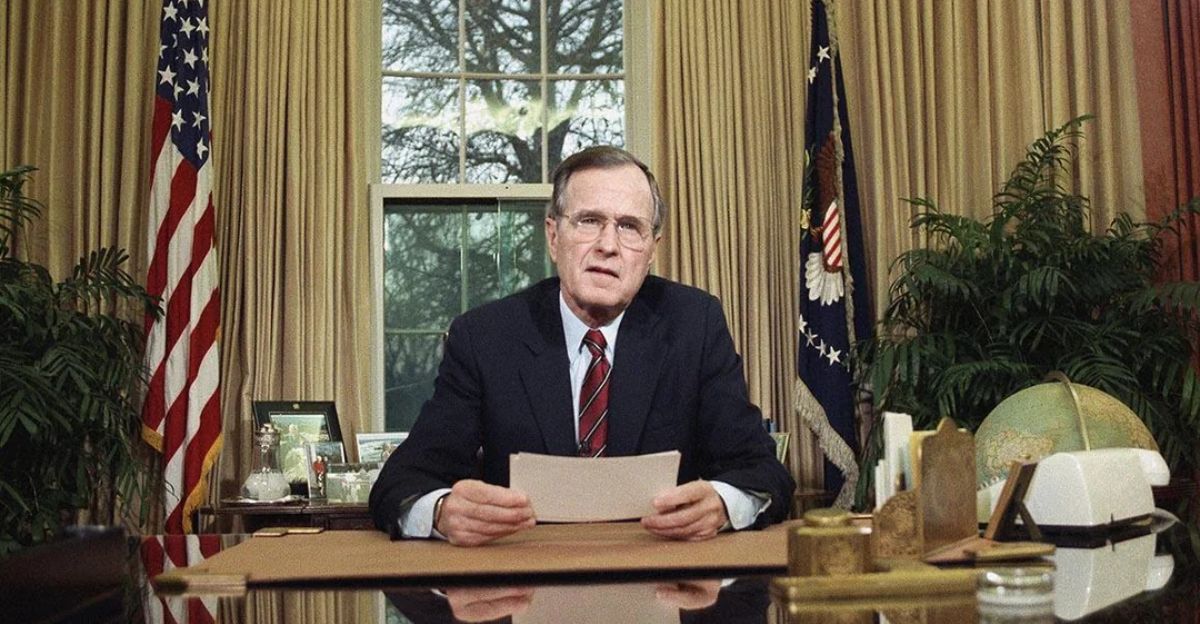
With CIA operatives cleared for lethal missions, Night Stalkers operating within striking distance, and eight warships patrolling the region, the Western Hemisphere may be facing its most dangerous flashpoint since the 1989 Panama invasion.
Axios reported on October 21 that “Trump’s Venezuela operation expands in the dark” as both sides continue to escalate.